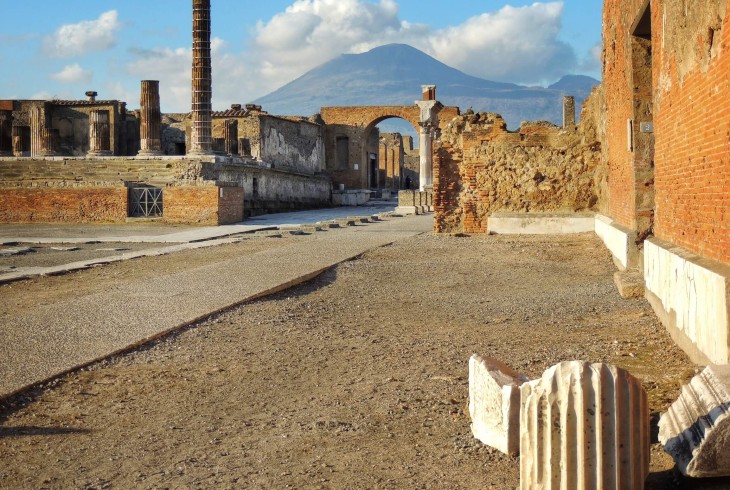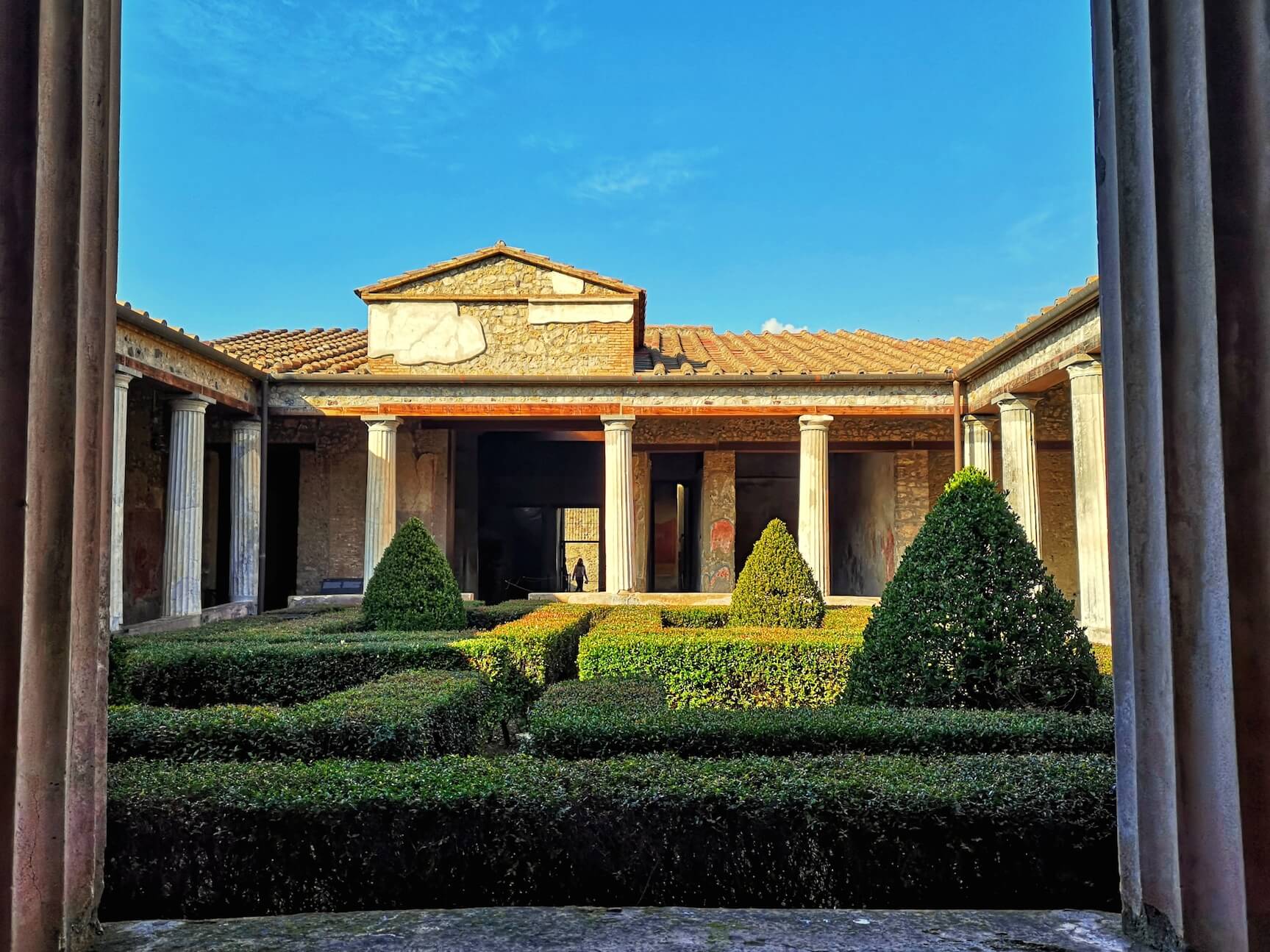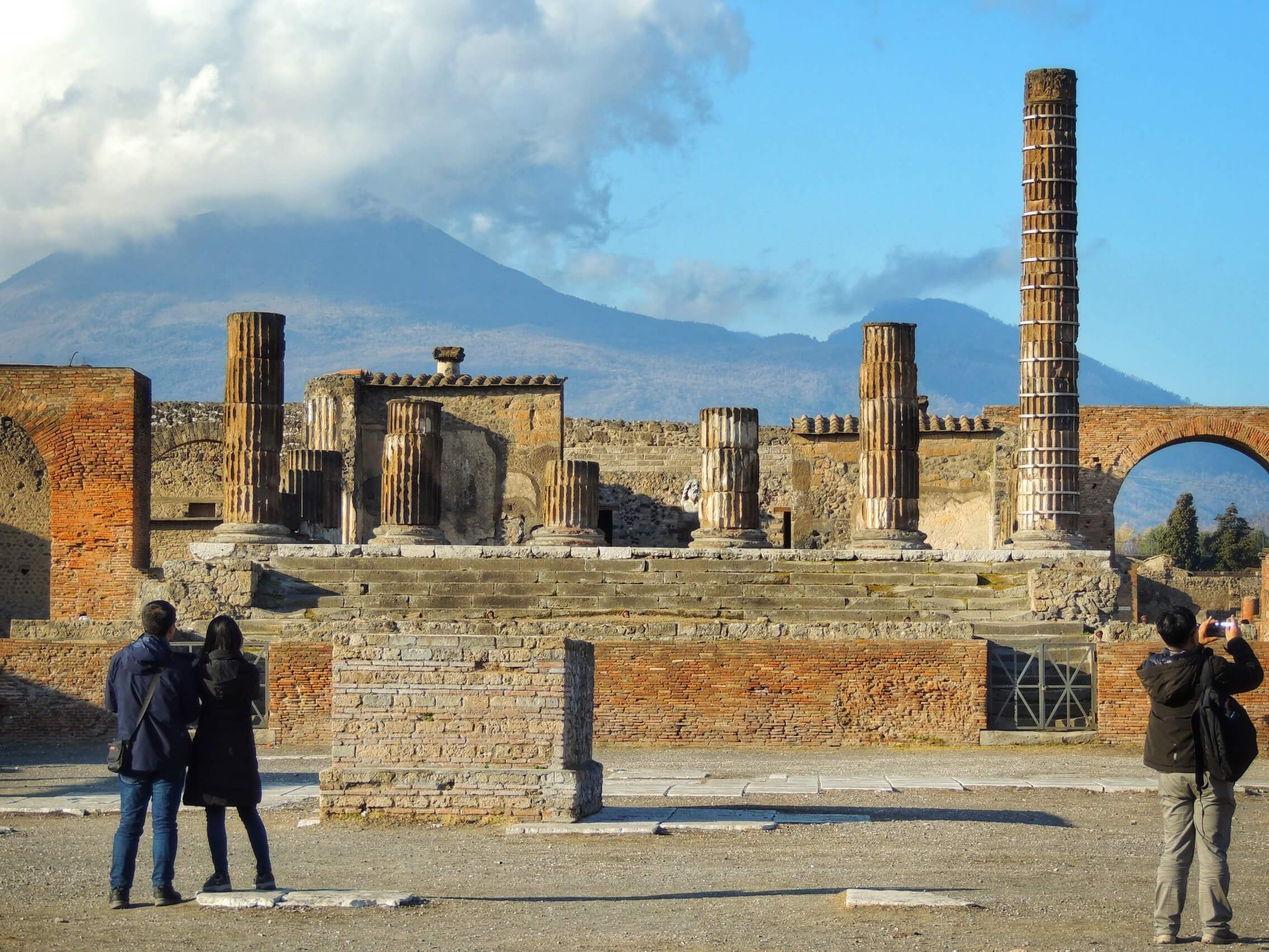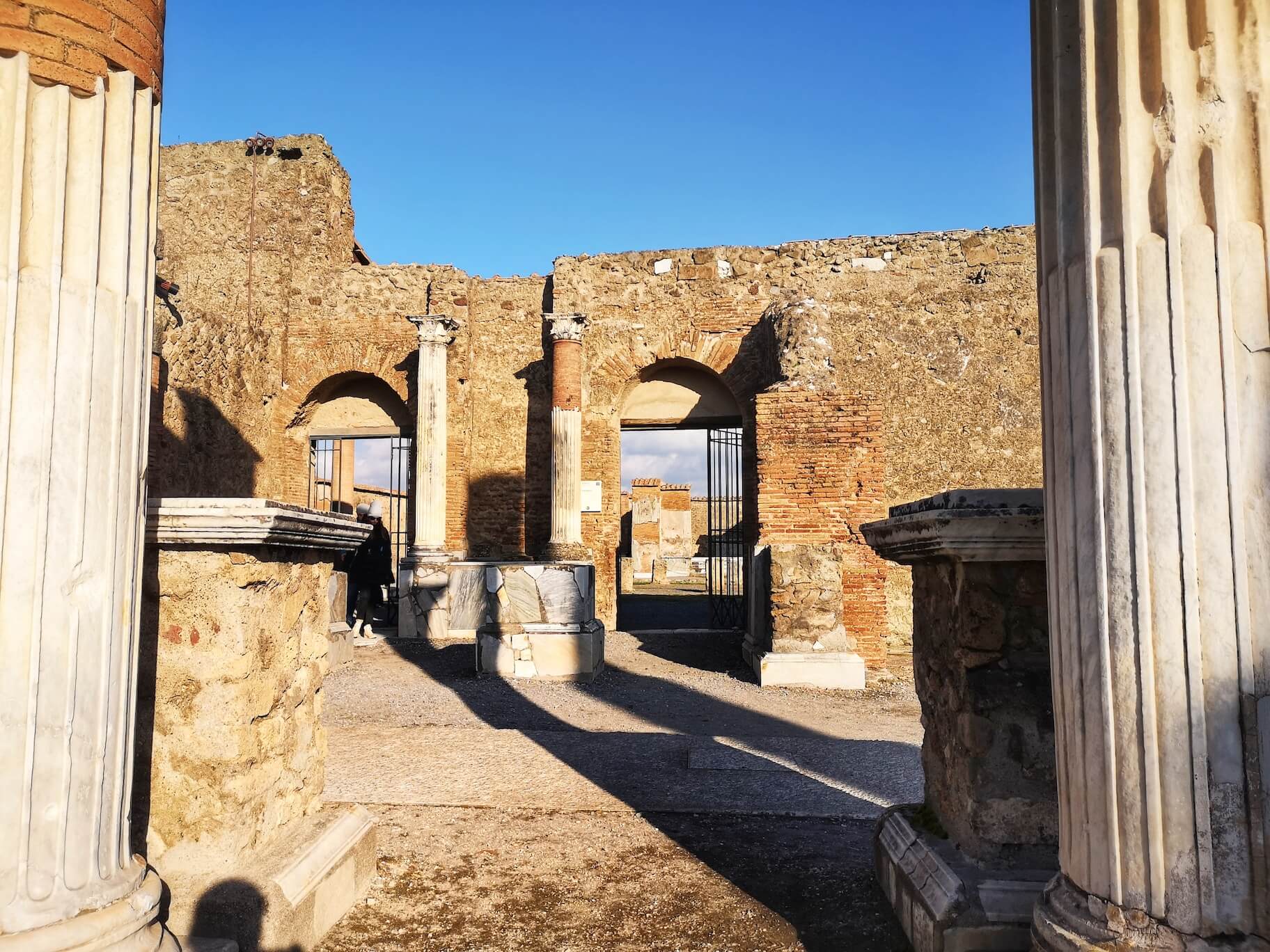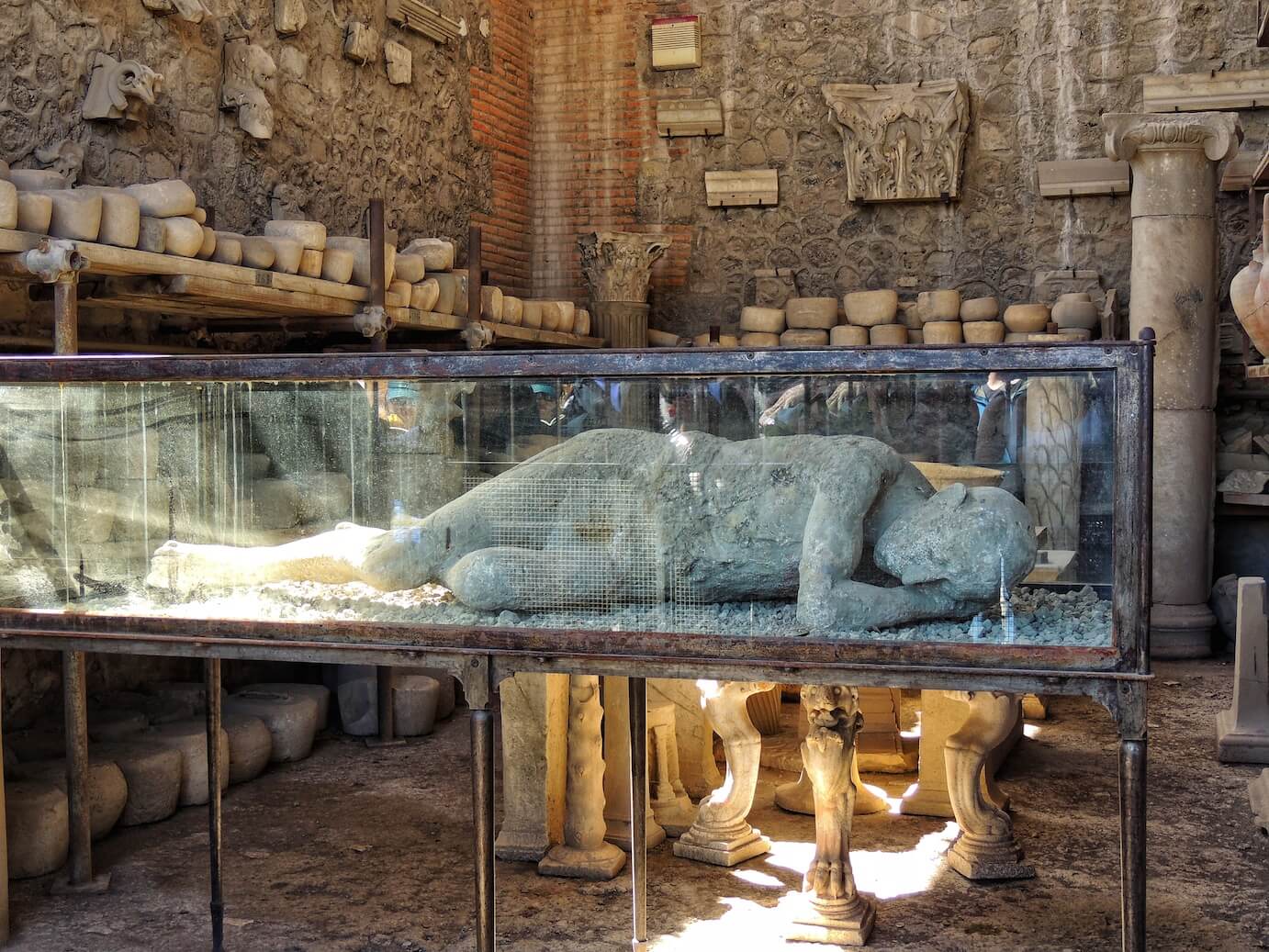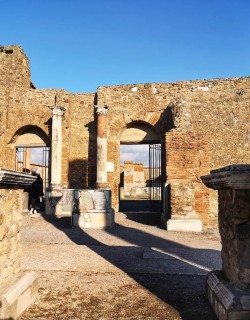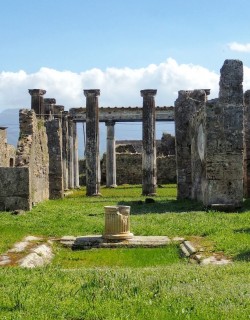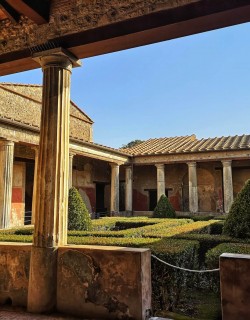In the late summer of AD 79, between the 24th and 25th of August, Mount Vesuvius erupted with terrifying force, wiping entire cities from the map. Pompeii, Herculaneum, Stabiae and Oplontis - prosperous communities along the glittering Bay of Naples - were buried under metres of volcanic debris. The catastrophe claimed thousands of lives in a matter of hours, and this once vibrant and bustling corner of the ancient world was transformed into a wasteland.
But out of this sudden darkness came a voice. Pliny the Younger, just 17 years old at the time of the disaster, witnessed the eruption from across the bay at Misenum. Years later, he recounted what he had seen in two remarkable letters to the historian Tacitus. They remain our only surviving first-hand description of the event, combining the sharp detail of an eyewitness with the literary sensitivity of the accomplished writer that Pliny would soon become. His words allow us to relive the scale of nature’s fury and the human terror that unfolded as the “last eternal night” descended over Pompeii nearly 2,000 years ago.
Pompeii Before the Firestorm
In AD 79, Pompeii was a bustling Roman city of around 20,000 inhabitants. Nestled on the fertile plains south of Naples, it was wealthy and fashionable, with colonnaded villas, bustling marketplaces, theatres, bathhouses and brothels - everything, in short, that made Roman cities the envy of the ancient world. The soil around Vesuvius was famously fertile, feeding vineyards and orchards that supplied Rome itself (even today the wines and tomatoes produced on the slopes of Vesuvius are renowned for their quality).
Yet beneath this prosperity lay danger. The black earth that nourished their crops was the legacy of ancient eruptions, but Vesuvius had been dormant for nearly two milennia - so long ago that its very nature had been largely forgotten. Despite the various volcanoes dotting the Italian peninsula, volcanic eruptions were vanishingly rare in antiquity, and it has been argued that the Latin language doesn’t even have a direct word for “volcano.” To the Pompeians, Vesuvius was nothing more than an impressive mountain, a dramatic but harmless backdrop to their lives.
In AD 62, a powerful earthquake had devastated the city, collapsing temples and killing thousands. Rebuilding was still incomplete 17 years later. In the week before the eruption, tremors shook the ground again, and springs dried up around the mountain. But seismic activity was nothing new in these parts, and locals were used to the quakes; life went on as normal.
The disaster to come was unimaginable.
The Scholar and His Nephew
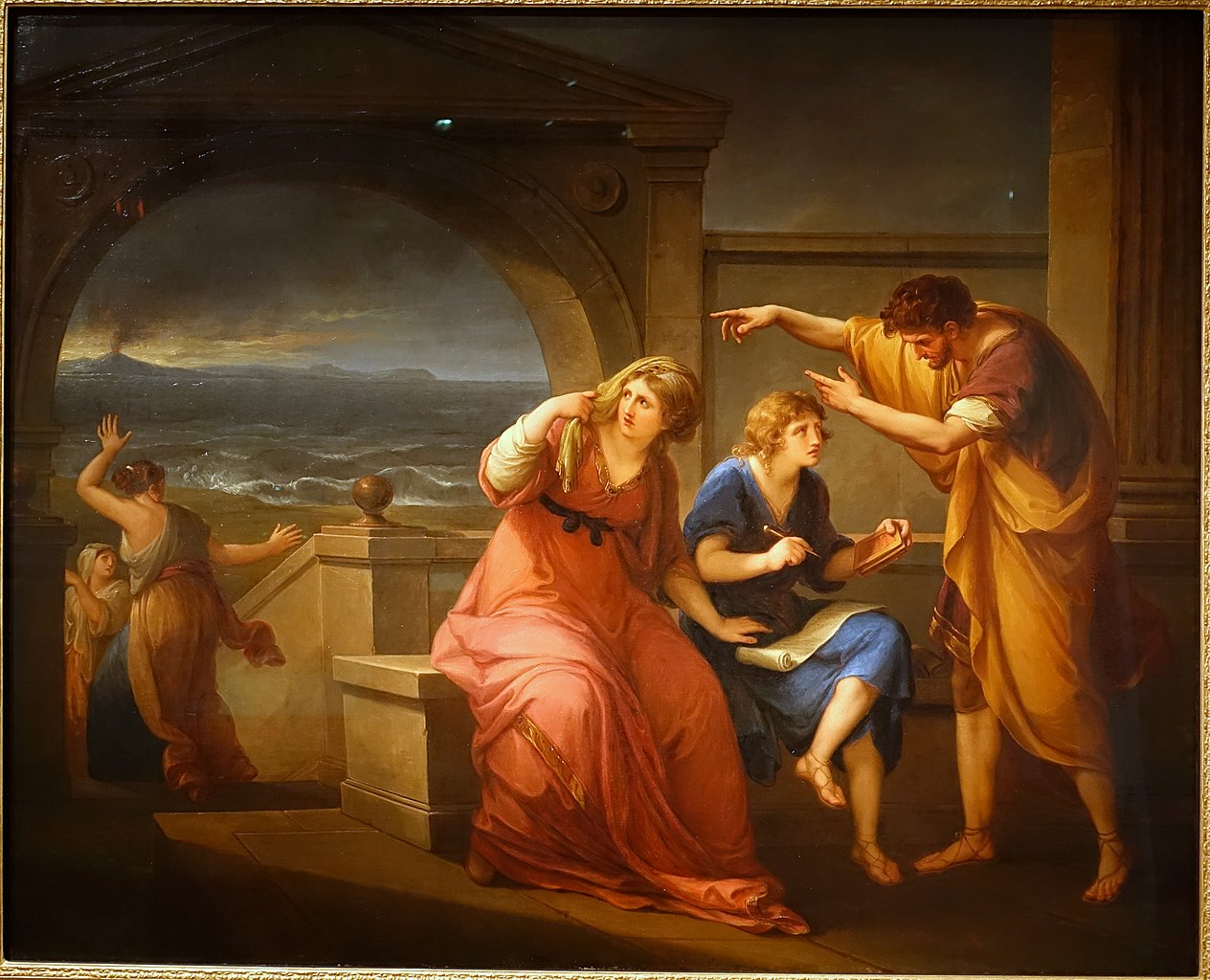 Angelica Kauffmann, Pliny the Younger and his Mother at Misenum, 1785
Angelica Kauffmann, Pliny the Younger and his Mother at Misenum, 1785
At Misenum, on the opposite side of the bay, lived Pliny the Elder - admiral of the Roman fleet, lawyer, and one of the the most voracious intellects of his age. His extraordinary Natural History, an encyclopedia in 37 volumes, ranged from astronomy to botany to geology, and is one of the greatest contributions to knowledge produced in antiquity. His life was a monument to insatiable curiosity: he slept famously little, dictated text while being carried through the streets, and considered any moment not spent in study a moment wasted.
Sharing his villa was his nephew, Gaius Plinius Caecilius Secundus - Pliny the Younger. Orphaned young, Pliny had been adopted by his uncle, who became both his guardian and mentor. Inspired by his uncle, the boy was himself a budding writer - he penned his first Greek-inspired tragedy at just 14 - steeped in Stoic philosophy, and already attuned to the fragility of life.
On the early afternoon of 24 August, the younger Pliny noticed an unusual sight. Across the bay, a great column of smoke and ash rose high into the sky. “Its general appearance,” he later wrote in a letter to his friend the historian Tacitus, “can best be expressed as being like an umbrella pine: it rose to a great height on a sort of trunk and then split off into branches.”
Pliny the Elder realized this was the harbinger of some terrible event, and reports soon arrived from friends trapped at Stabiae and Herculaneum. The admiral ordered his warships readied - not only to study the phenomenon, but to attempt a rescue. His nephew, still a teenager, chose to stay behind with his mother. He could have had little inkling that this decision would preserve the only living testimony of what followed.
The First Phase: Ash and Pumice
At around 1 p.m., Vesuvius exploded. The mountain’s rocky “plug” shattered as magma surged upward. A column of ash, pumice, and volcanic gas shot nearly 20 kilometres into the stratosphere. Within minutes, southeasterly winds drove the cloud directly over Pompeii.
The rain of debris began slowly: white pumice stones, no bigger than pebbles, falling harmlessly from the sky. But within an hour, the hail grew to the size of fists. By 4 p.m., the weight of pumice accumulating on roofs caused houses to collapse. Families who had chosen to shelter indoors found themselves entombed. It’s estimated that 4 billion tonnes of material would rain down on Pompeii over the course of a single day.
Pliny describes the chaos from across the bay: the darkness spreading like a shroud, women shrieking, men shouting, children crying. “Some prayed for death, others declared that the gods had fled.” People tied pillows to their heads as makeshift helmets. The air filled with ash so thick that survivors had to grope their way forward, recognizing each other only by their voices.
The Elder’s Fatal Mission
Meanwhile, Pliny the Elder’s ships fought their way through pumice-choked waters. Islands of floating stone formed as debris fell into the bay. Reaching Stabiae, he reassured terrified residents and urged them to evacuate. But the winds trapped them onshore.
As the night deepened, toxic gases and falling ash enveloped the coast. Pliny the Elder, his chest weakened by asthma, struggled to breathe. According to his nephew’s account, ‘the flames and the smell of sulphur gave warning of the approaching fire and drove others to take flight and roused him to stand up. He stood leaning on two slaves and then suddenly collapsed. I imagine because the dense fumes choked his breathing by blocking his windpipe, which was constitutionally weak and narrow and often inflamed.’
When his body was found days later, it was unmarked, “more like sleep than death.” His scientific mission had turned into an act of heroism, though it cost him his life.
The Night of Fire
 JMW Turner, Vesuvius in Eruption, c1820
JMW Turner, Vesuvius in Eruption, c1820
For Pompeii, the night of 24 August was apocalyptic. The eruption unleashed lightning storms as ash and magma collided in the air. Tongues of fire licked the sky. Earthquakes shook the ground, tearing open buildings. The sea retreated, stranding fish on the sand, before surging back in seismic waves.
By midnight, the eruption changed. The magma chamber had partly emptied, destabilising the eruptive column. It began to collapse, sending avalanches of incandescent ash and gas racing down the mountain at terrifying speed. These were pyroclastic surges - ground-hugging clouds that could travel at 700 km/h, hot enough to carbonise wood and kill instantly.
Herculaneum, spared the worst of the pumice rain by the winds, now met its fate. In a single minute, the first surge reached the city, incinerating those who remained. When excavations in the 1980s uncovered hundreds of skeletons huddled in boathouses on the waterfront, it shattered the old belief that the town had been evacuated.
The Final Blows
At dawn on 25 August, Pompeians who had survived the night dared to hope it was over. The airfall had lessened, the tremors stilled. Survivors emerged, searching for relatives, surveying collapsed houses.
But at 7:30 a.m., a new pyroclastic surge hurtled towards the city at over 300 km/h. Darkness fell again, “blacker and thicker than any night,” Pliny wrote. Flashes of flame tore through the gloom. By 8 a.m., a sixth and final surge engulfed Pompeii completely.
Those still in the city died instantly, their bodies contorted by heat, their final gasps captured in volcanic ash. Some were struck mid-flight, others huddled with family. Archaeologists later found loaves of bread carbonised in ovens, dogs still chained at doorways, and people clutching keys or amulets. Life stopped in an instant, frozen for eternity.
Rediscovery and Memory
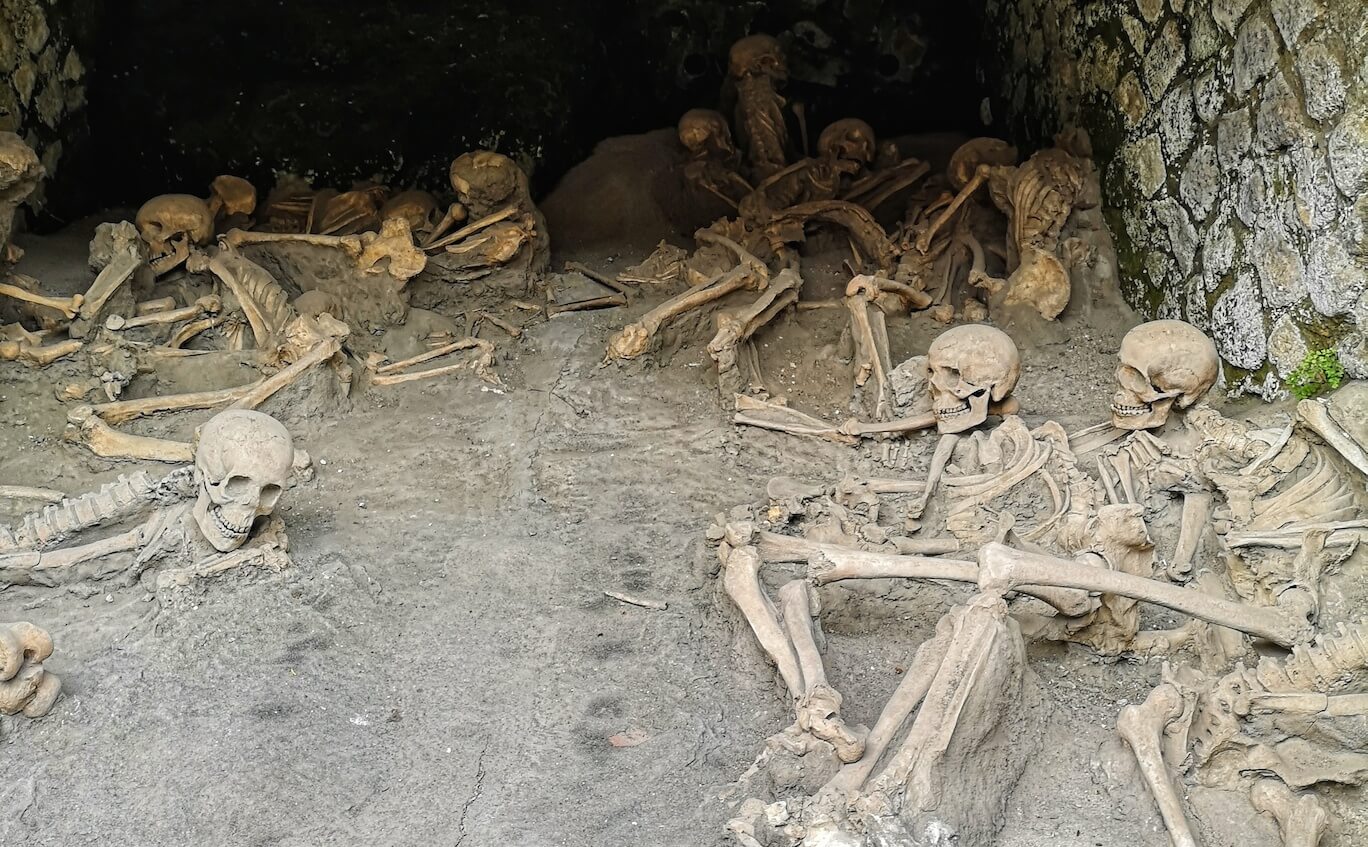
In the days after the eruption, survivors returned to dig for possessions, but the scale of burial made recovery impossible. Pompeii lay hidden beneath up to five metres of debris, Herculaneum under nearly 25 metres. In time, their very locations were forgotten.
It was not until the late 16th century that the first remains were rediscovered. Serious excavations began in the 18th century, revealing frescoes, statues, and eerily preserved victims. In 1863, Giuseppe Fiorelli pioneered the plaster cast technique, filling voids left by decomposed bodies with liquid plaster to capture their final postures in haunting detail.
Today, Pompeii is one of the world’s most extraordinary archaeological sites. Its streets, temples, shops, and even graffiti give us an unparalleled glimpse into daily Roman life. And through Pliny’s words, we have not only the ruins but the voices - the fear, the prayers, and the desperate humanity of that terrible day. Without him, the eruption might be remembered only in ruins. With him, it becomes an experience lived and felt. His words bridge two millennia, making the catastrophe not just an archaeological fact but a human tragedy.
Want to experience Pompeii for yourself? Through Eternity Tours offer expert-led guided visits to the archaeological parks of Pompeii and Herculaneum. Join us to walk the ancient streets, step inside houses frozen in time, and discover the ancient world in all its splendor.
